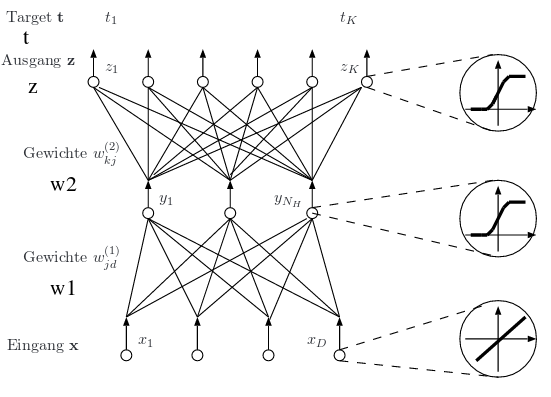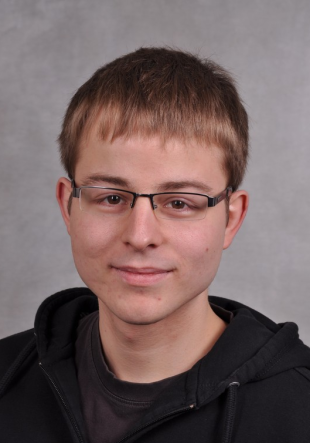Statistical and Machine Learning
Short Description
The course on Statistical and Machine Learning presents an introduction into the components and algorithms prevalent in statistical and machine learning. Modern techniques will be presented for gleaning information from data. Both supervised and unsupervised learning algorithms will be discussed. The presented techniques can be applied to a variety of classification and regression problems, both for one-dimensional input data (e.g., speech), two-dimensional (e.g., image) or symbolic input data (e.g., documents).
Contents
- Introduction to classification problems, Bayesian and other decision rules
- Optimization: gradient descent, algorithmic differentiation, optimization with constraints
- Linear classifiers, Support Vector Machines
- Deep neural networks (deep learning)
- Dimensionality reduction (PCA, LDA)
- Unsupervised learning (mixture densities, clustering techniques)
Learning Outcomes, Competences
After completion of the course students will be able to
- Find an appropriate approach to solving a given classification or regression problem
- Apply supervised or unsupervised learning techniques to data of various kinds and critically assess the outcome of the learning algorithms
- Can appreciate the power and limitations of machine learning algorithms
- Work with software for solving machine learning problems and write own software components, apply them to given data sets and optimize parameter settings
- Find, for a given training set size, an appropriate choice of classifier complexity und feature vector dimensionality
The students
- Have gathered sufficient proficiency in Python, which is valuable well beyond this course
- Can assess the importance of the principle of parsimony and are able to transfer it to other
- Are able to analyse a given classification or regression problem, synthesize a solution, and evaluate the performance on test data
- Are able to apply the knowledge and skills learnt in this course to a wide range of disciplines
- Can work cooperatively in a team and subdivide an overall task into manageable subtasks and work packages
- Acquired a general understanding of the power and limitations of machine learning algorithms
Implementation
- Lectures predominantly using the blackboard or overhead projector, occasional presentations of (PowerPoint) slide,
- Exercise classes with exercise sheets and demonstrations on computer and
- Implementation of learning and classification algorithms on a computer by the students themselves; use of algorithms on real-world data or data generated on the computer, evaluation of the simulation results
Proposed Literature
- R.O. Duda, P.E. Hart und D.G. Stork: "Pattern Classification", 2nd Edition,Wiley, 2000
- I. Goodfellow, Y. Bengio, A. Courville: "Deep Learning", MIT Press, 2016
- S. Theodoridis: "Machine Learning", Academic Press, 2015
- K. Fukunaga, Statistical Pattern Recognition, Academic Press, 1990
- Hastie, Tibshirani, The Elements of Statistical Learning, Springer 2003
Exercises
Switched to https://panda.uni-paderborn.de. Files here are outdated, but kept for students who took the curse at that time.
Exercise files:
Tutorial:
Homework Assignment:




